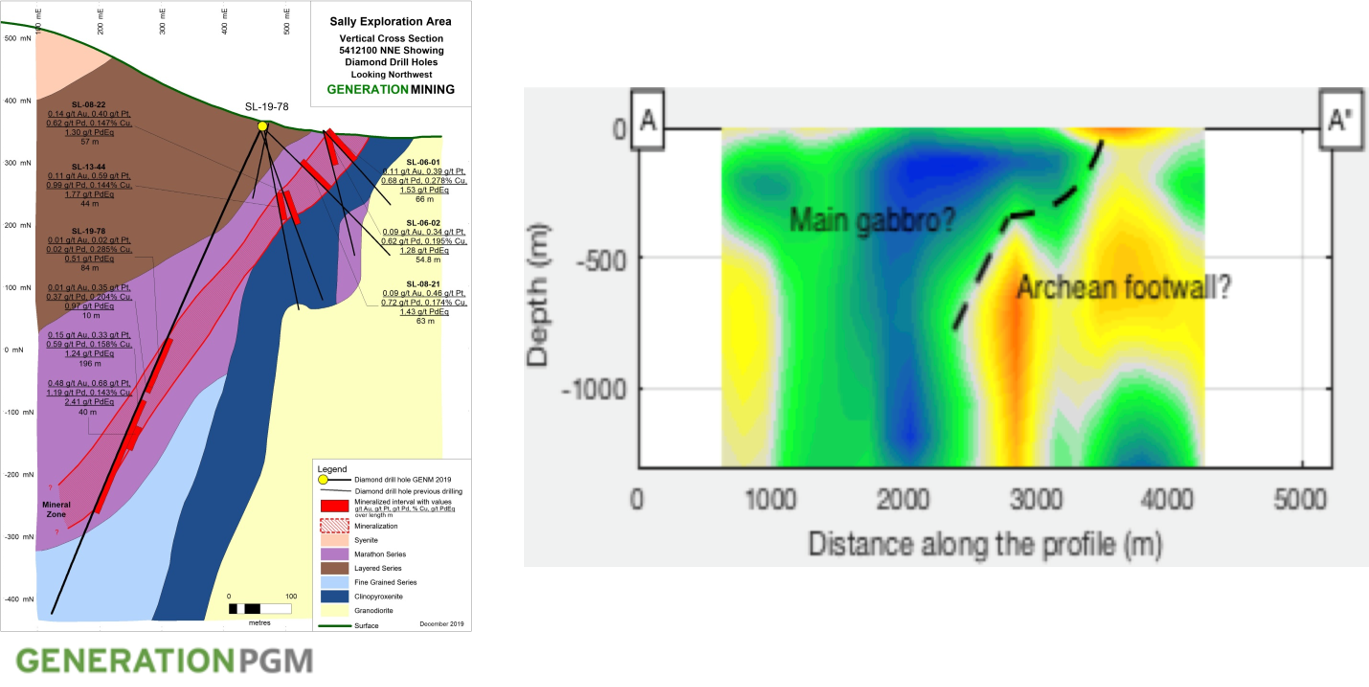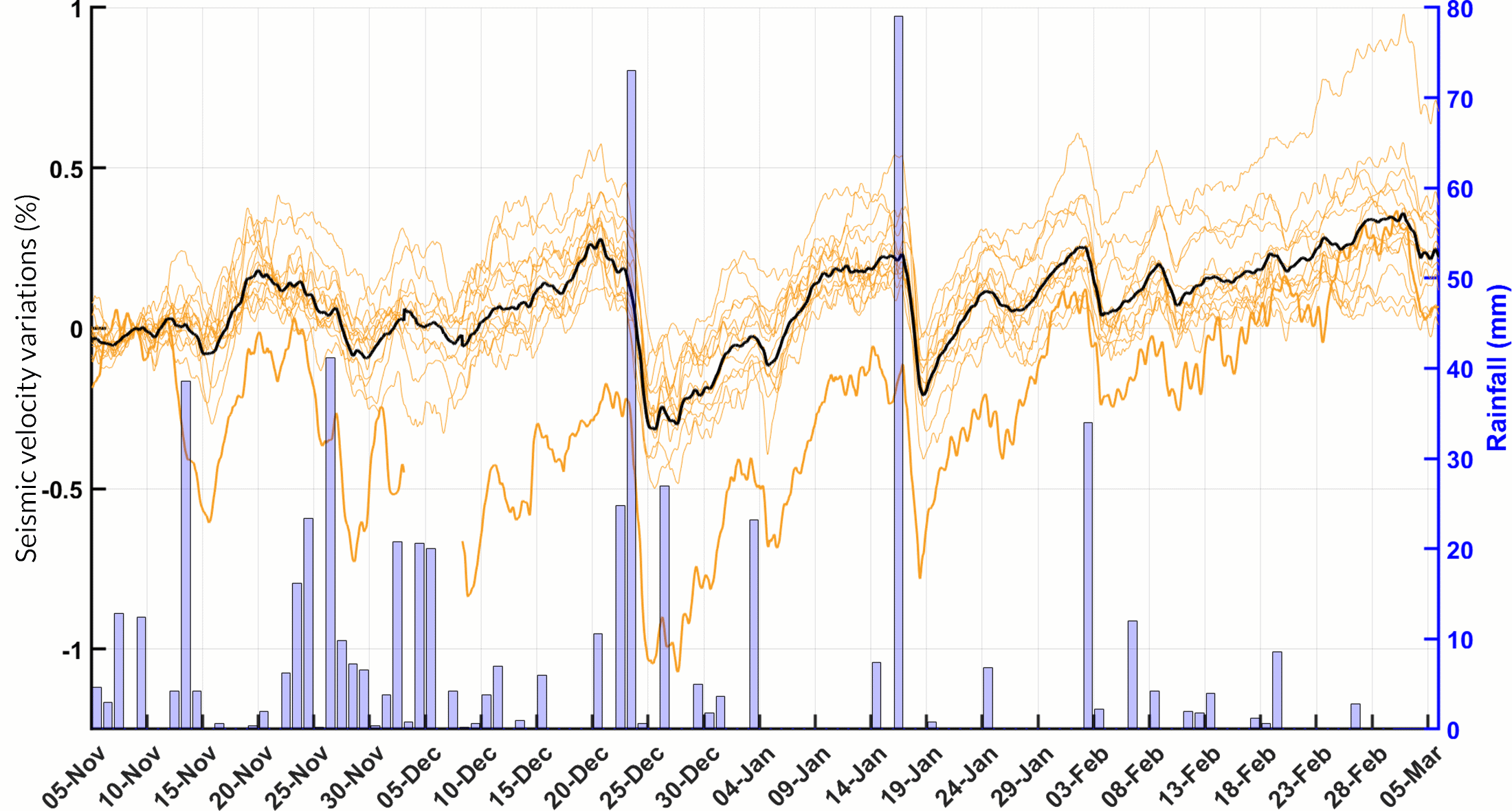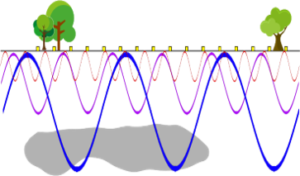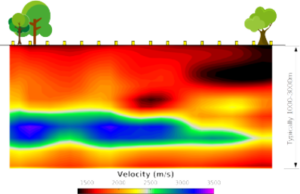SISPROBE offers a full range of solutions based on ambient noise seismology for resources exploration, mine safety, seismic hazard, geothermal sources, and many other applications.
Ambient noise seismology:
- avoids the need for costly and environmentally harmful active seismic sources
- reduces the need for expensive drilling
- allows surveys to be conducted in sensitive urban areas and in protected nature reserves
Our technology enables us to reconstruct seismic signals between pairs of sensors. It is as if we had active sources at each sensor position, and its signal is recorded by all the other stations. This technique is called ambient noise interferometry. Surface waves dominate the reconstructed seismic signals and give us information about the subsurface.


The basic principles of surface wave dispersion have been known for decades.
Tomography. Sisprobe has developed techniques, and workflows to treat massive amounts of data recorded in month-long surveys by large surface arrays (100 to >2000 sensors). This produces 3D tomographic images of the subsurface.
Monitoring. By recording continuously for several months, or by making regular measurements, subtle changes in sub-surface stiffness and/or staturation can be detected. This allows Sisprobe to monitor the evolution of oil or gas reservoirs, weakness and leaks in dam walls, or changes during excavation of structures in urban settings (e.g. metro tunnels)
Both techniques have been successfully applied for imaging the crust (Shapiro et al. 2005) and monitoring fault zones (Brenguier et al. 2019a).
It also allows imaging and monitoring the subsurface for industrial applications including oil & gas (Chmiel et al, 2019; Brenguier et al, 2019b) mine safety (Olivier et al. 2015) and mineral exploration (Dales et al, 2020)



